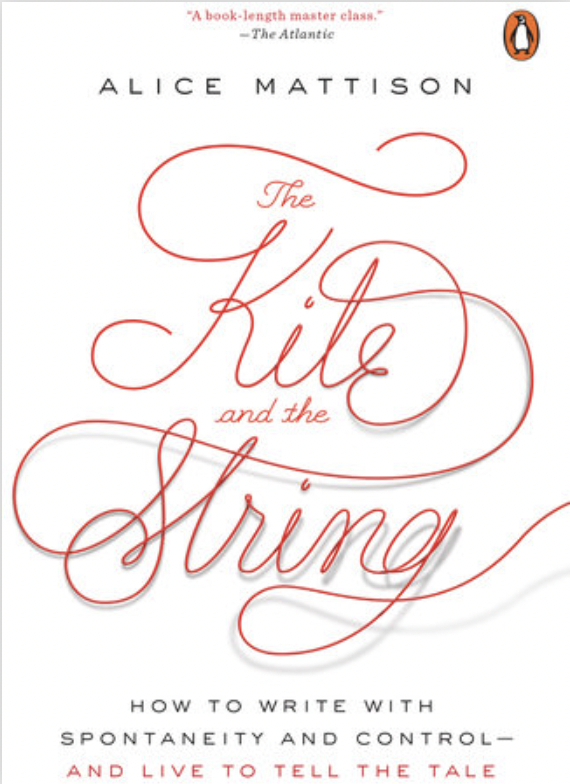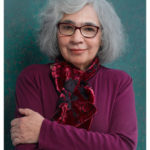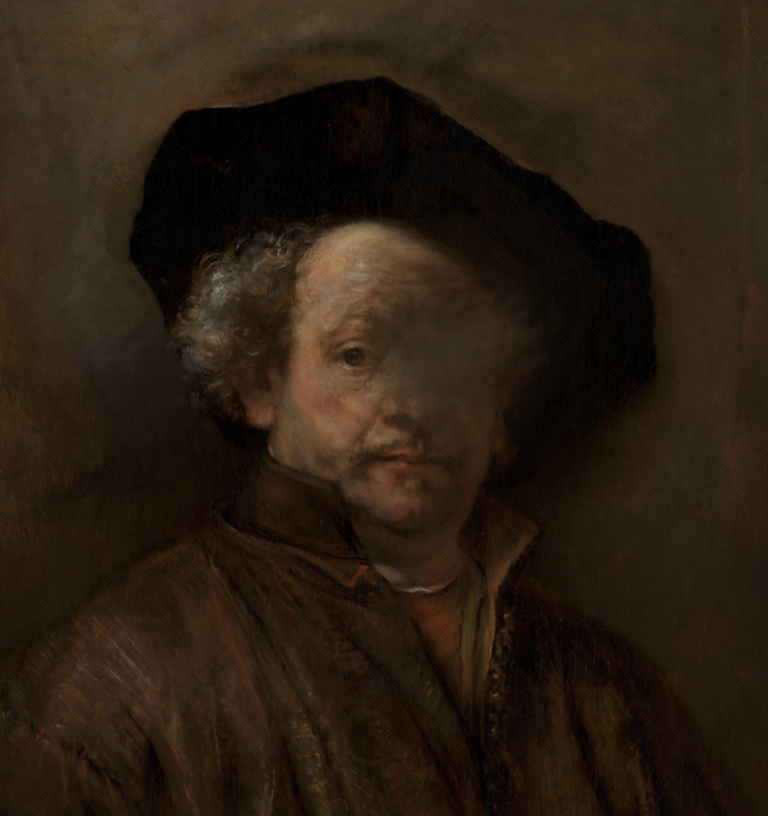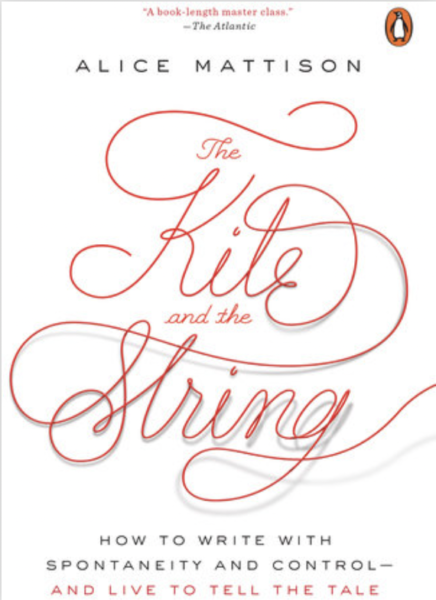
The Kite and the String: How to Write with Spontaneity and Control — And Live to Tell the Tale
Alice Mattison
Viking Penguin, 2016
Alice Mattison’s The Kite and the String: How to Write with Spontaneity and Control — And Live to Tell the Tale is a warm and encouraging guide to what it takes to draft, revise, and eventually publish literary fiction by a writer who understands that life (and fiction writing) is complicated and sometimes even scary.
Alice Mattison began writing fiction when she was in her thirties, at about the same time she began to have eye trouble due to macular dystrophy. Now in her eighties, Mattison has published seven novels. Based on that experience, her book on writing fiction, The Kite and the String, extends unusual warmth and fellowship to other writers. In it, Mattison recognizes that writing fiction is a mysterious and wonderful compulsion, but — as the subtitle suggests — also one that can be excruciatingly difficult. So hard at so many levels that, above all else, writing fiction requires courage. As such, The Kite and the String is like an extended pep talk by a very wise coach on the subject of courage.
In the hope that her personal journey may be relevant to others trying to fit writing into a complicated life, Mattison starts off on a memoirish note. She graduated from Queens College with an English degree in 1962 and went on to obtain a PhD in 16th– and 17th-century literature from Harvard. After realizing she didn’t want to become a scholar, she began teaching expository writing at a community college in Connecticut. She married a law student and, when he finished his degree, they moved to California.
At the time, she wrote poems (not fiction), and, shortly after starting a family, when her first son was about a year old, she hired a sitter, which afforded her the opportunity to write (and do laundry) in the basement. From that moment on, no matter how many (or few) hours she could spend on her craft, she thought of herself as a serious writer.
Thoughtful, encouraging guidance on crafting stories and novels
In some ways, she credits eye trouble with having helped her become a fiction writer, since it forced her to become more determined than ever as she transitioned from writing poems to stories. In a move that ought to inspire anyone undertaking a new skill (or art) in their maturity, Mattison did not begin writing her first novel until she was in her forties.
A few months after I began writing fiction exclusively half the year, I discovered a gap in the vision of one eye, which turned out to be caused by a genetic ailment. Since then I’ve been unable to read with my right eye… [A]s I age, I’m no longer shocked to have to work around physical limitations.
As she taught herself to write fiction, Mattison came to understand that she needed both intense feeling and common sense to create interesting stories. Out of that comes her belief that writing well doesn’t result from “following rules and instructions” but from expressing “strong feeling boldly and freely and then looking steadily and critically at what we’ve done.” In her opinion, to write fiction, you need abandon, “the kite that takes off into the wind.” And you also need control, “the string that restrains it” and keeps “it from getting lost”. Unlike other writing guides, then, Mattison’s is not so much about character development and plot—though she does discuss these things. Instead, it’s about what you’ll need first to abandon yourself to the act of writing, then to pull back to become a keen editor of your own work, and finally to persist in submitting work despite rejection.
Making things up
It may seem self-evident that one of the first things you must do when writing fiction is to make things up. Yet many writers hesitate to set their imaginations free. Indeed, as a teacher, Mattison finds that many aspiring writers are afraid of invention, and so she talks at length about why it is crucial to fiction writing and how to access a more inventive approach to drafting stories. While she doesn’t say you shouldn’t write what you know, she feels you should also write what you don’t know. She suggests that if you do start with real life people and events, you open the imaginative reach of your material so that it doesn’t correspond to exactly what happened.
She also gives practical suggestions for how to practice your skills of invention. For instance, she encourages writers to go out and watch until they see a group of at least two people who appear to be at what she calls “an important moment in their lives,” then go home and write from one of their viewpoints.
In her opinion, writers should also feel emboldened to take on the viewpoints of people different from them in terms of race, sexual orientation, and disability; failing to do so because you’re afraid of being offensive limits your imagination. “You ought to be free to become anyone when you make up a story and it’s terribly sad for you—forgetting the morality of the issue for the moment—if you picture, say, a black man, but revise him—making him white—only because you’re white, before you begin to type.” She also calls on writers to write about women who work, a subject she rarely sees in fiction, as well as to write about women who make mistakes and come to tragic ends. All this, as she acknowledges, can be “scary” and requires “bravery.”
Creating “the plausible threat of life-changing action”
Fiction writers also must have the courage to make what she calls “trouble” in their work, so that there’s a “plausible threat of life-changing action on the page.” To be fully real, characters, like people, have to “do wrong and have problems.” Yet here, too, Mattison finds that literary fiction writers can be timid and avoid writing the problems and difficulties without which a work will not be fully borne. Writers might have several reasons for avoiding trouble. More than anything else, the interior life may interest them, and they may not have yet discovered, as it took Mattison years to do, that “the genius of narrative is not just to describe interior states but to embody them—to find an equivalent for them in the visible world.”
Writers who understand plot will find it more possible to access and hold the material conjured by their imagination. In what is perhaps the most practical section of The Kite and the String, Mattison discusses the different structures available to writers to hold the “trouble” in their work.
She suggests that a writer can do as Herman Melville did in Moby Dick, where one overarching goal—i.e. finding the whale—paradoxically allows for digression. Or as George Eliot did in Middlemarch and create a series of “separate but linked enterprises that keep the reader involved”. Or as Ernest Hemingway does in The Sun Also Rises, whose everyday scenes are colored (and made more suspenseful) by the reader’s awareness of a character’s (or characters’) overarching personal crisis. Or, finally, as Edward St. Aubyn does in his five books about Patrick Melrose, where the unspooling of time causes us to wonder what will become of often vulnerable characters.
Not engaging in self-censorship
Another sort of courage Mattison discusses is that of allowing yourself to tell your story, to not be silenced.
About self-censorship, Mattison addresses herself most pointedly to women, since her experience as a teacher is that women often don’t feel they ought to write. Sometimes they’re conscious of this and sometimes not. She points out the many, and not always obvious, signs that a woman may not feel she has a right to write. If her mother gets sick, she will feel she must stop writing to care for her mother, whereas a male writer might feel he should work harder and sell a story to buy medicine for his mother. In Mattison’s experience, women can find it harder to put in work without any guarantee of success, since it involves having the courage to “waste time”.
“I’ve said before that writing requires specific as well as general courage: not just the courage to type words but the courage to inhabit a character, to let your characters make mistakes and suffer. In this chapter I’m writing about another sort of courage: the courage to choose a form for your story and the sentences within it that allow it to be told.”
Mattison notices common signs that a writer doesn’t feel comfortable allowing themselves to write. Stories may be more skimpily written than the writer suspects they should be, missing essential events, with mental processes more prominent than action, chronology so fragmented that it’s hard to follow what is happening, events random, and characters’ desires opaque. In other words, the work is often told less directly than it ought to be. In Mattison’s words, “Direct writing implicitly acknowledges that the narrative has a story to tell.” This involves making clear to the reader what is going on, not being afraid to use simple informative sentences to relay important facts, and generally making decisions that allow writers to “take on the authority of the person we call the author, the person in charge.”
An antithesis to a classic guide on novel writing
When Mattison first began writing fiction, the writing guide she turned to—John Gardner’s classic, Becoming a Novelist—always assumed the beginning novelist to be male and usually young. In many ways, Mattison’s guide is the antithesis of Gardner’s. She replaces Gardner’s confident young man who astonishes with his genius and leaves the practical questions of life to others with a new vision of the writer as someone—“male, female, or other; gay or straight; single of part of a couple”—who “squeezes writing into an ordinary life” and needs help gaining the confidence to risk what Mattison calls “the mortgage” to write stories that will matter to readers.
This is one of the things I most appreciated about The Kite and the String, and, with that, Mattison’s insightful readings of the lives and work of several women writers, including George Eliot, Grace Paley, and Tillie Olsen. All three women were writers of great accomplishment who managed to write stories, despite often being starved of time and confidence.
As much as this book is pointedly directed at writers (and experienced ones at that), it would surely be of interest to others working in any creative field, as its core subject is the emotional courage it takes to devote oneself to the life of the imagination.
Alice Mattison’s biography

Alice Mattison is a widely acclaimed author and longtime writing teacher. Conscience (2018) is her seventh novel. Her earlier novels include The Book Borrower, Nothing Is Quite Forgotten in Brooklyn, and When We Argued All Night, and she is also the author of four books of stories and a collection of poems. Twelve of her stories have appeared in The New Yorker, and other work has been published in The New York Times, Ploughshares, and Ecotone and has been anthologized in The Pushcart Prize, PEN/O. Henry Prize Stories, and Best American Short Stories. She has held residencies at Yaddo and the MacDowell Colony, and has taught at Brooklyn College, Yale University, and, for more than twenty years, in the Bennington Writing Seminars, the MFA program at Bennington College.
Further Reading

Ways of Seeing: An Interview with Writer Alice Mattison
An interview with writer Alice Mattison about how vision loss has changed her writing, teaching, and appreciation of art.
Read More
